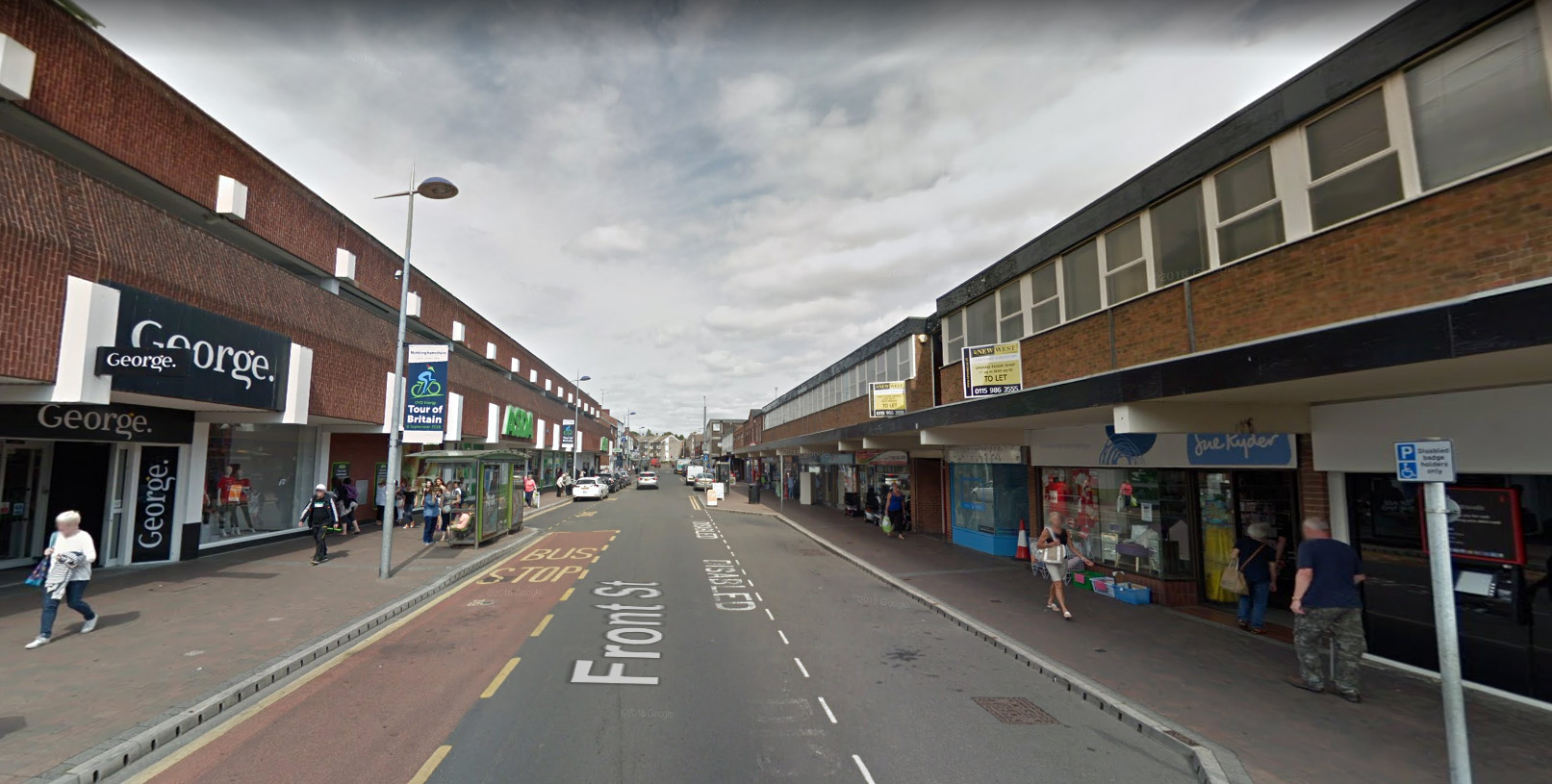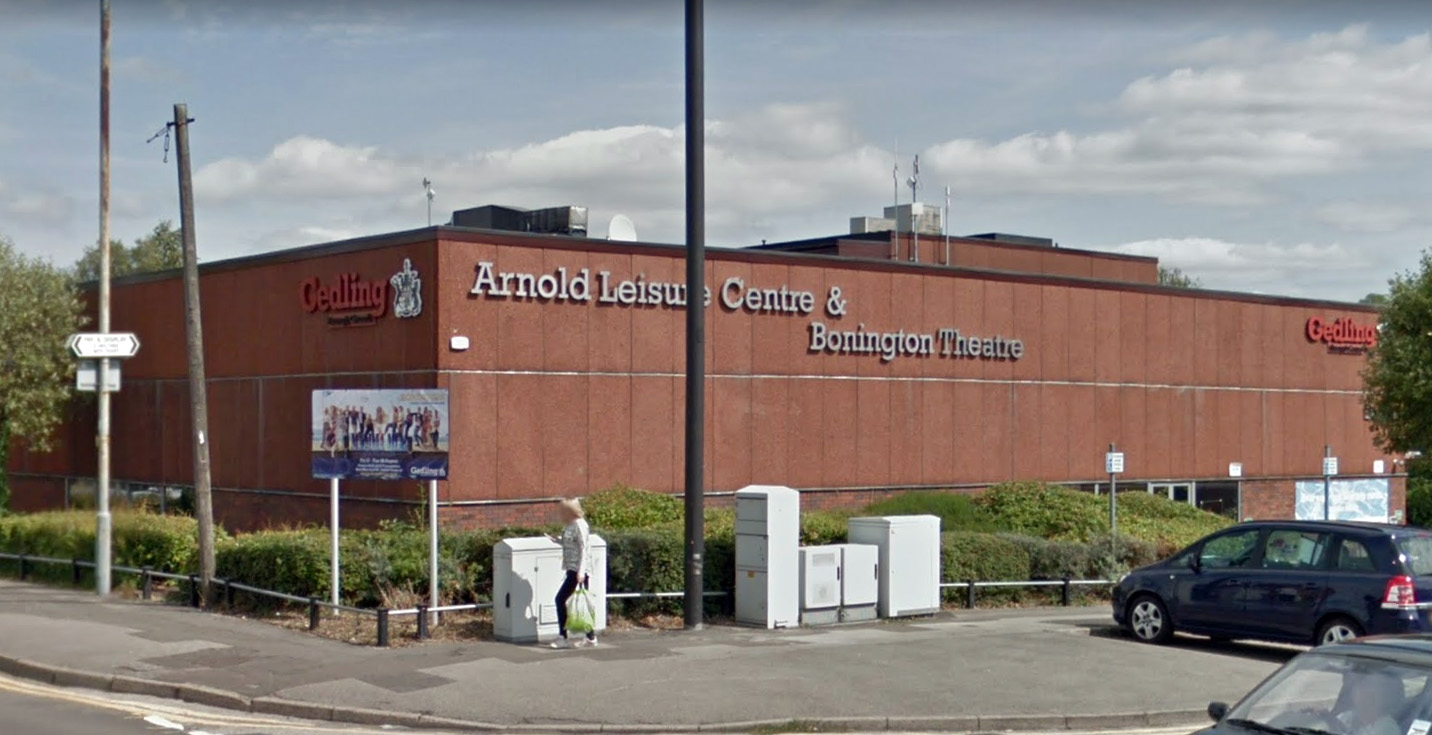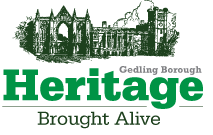Modern History
Post-war development
Since 1945 Britain has undergone a gradual process of change. The borough of Gedling, created in 1974, typifies many of these developments.
Housing and population
The population of the borough has continued to expand in the post-war period. Housing development has been particularly marked in the Arnold-Carlton conurbation, where the borough borders the city of Nottingham, but each of the other settlements have also seen some expansion. In the early 1950s, a shortage of housing prompted the erection of prefabricated concrete homes in Arnold. By 1955 Arnold Urban District Council had celebrated building their 1,000th council house, and in 1963 the 2,000th. In the period between 1894 and 1974 more than 10,000 private houses were built in Arnold, as well as 2,500 council-owned homes. The enlargement of the conurbation has continued since 1974, with the building of large numbers of new homes to replace substandard older properties and to regenerate former industrial sites, such as those in Colwick and Netherfield.
Calverton has expanded significantly since 1950. Ravenshead is a comparatively modern development, large-scale building not commencing until the early 1950s, with the greatest increase in housing occurring during the 1960s and 1970s.
Industry and employment
Since 1970 the closure of the mines and railway yards and the decline of manufacturing industry, such as textiles, have affected employment in the borough. The service sector, including retail, transport and IT services, has become a more important source of employment. Development of smaller industrial units has provided employment locally, although many of the residents now work from home, are self-employed or travel out of the borough for work.
Leisure and recreation
After 1945 there was a movement to create spaces for outdoor play. Playing fields were laid out in the major towns as well as in most villages. A swimming pool was opened in Arnold in the inter-war period, and more recently modern pools have been provided at Arnold, Carlton and Calverton. A late 20th century trend was the creating of leisure centres, such as those built at Arnold, Carlton Forum, Calverton and Ravenshead. Libraries were opened in Arnold and Carlton in the Edwardian period. Carlton library was expanded and refurbished, while there are now modern libraries in Arnold, Burton Joyce, Calverton, Calverton, Gedling, Mapperley, Ravenshead and Woodthorpe.
Film-going was a popular recreation between the wars. Four cinemas survived in the Borough in 1950. These were the Bonington Cinema in Arnold, which had been rebuilt in 1929, the Cozy Cinema in Netherfield (rebuilt in 1930) and the Regal (rebuilt in 1930) and Ritz (purpose-built in 1936) in Carlton. The Cozy closed in 1955 and was thereafter used as a workshop space. The Bonington closed in 1957 and was demolished in 1963. The Regal closed in 1959 and was re-used for several purposes before being converted into a church in 1980. The Ritz survived as a cinema until 1968, when it was converted into a bingo hall. It finally closed and was demolished in the 1990s. The present Bonington Theatre in Arnold is part of a modern complex which includes the leisure centre and library, built in 1979. The Bonington is used for music events and stage shows as well as being used as a cinema Council.
Shopping
Victorian and Edwardian housing developments included general shops, usually located on street corners. Estates built after the 1930s included parades of shops in accessible roadside locations. Since the 1960s, shopping in the borough has been transformed. In Arnold shopping streets, in the town centre, were rebuilt in the 1970s and 80s, and part of Front Street was pedestrianised in 1975. Pedestrian precincts including shops, libraries and healthcare facilities were built in Carlton (1965), Calverton (1963) and Ravenshead (1969). By the 1980s supermarket chains had expanded. Fine Fare (later Asda) moved onto Front Street in Arnold in 1973 and in 1985 Tesco was built next to Carlton Square.
The redevelopment of former industrial sites in the 1990s presented opportunities for the development of retail superstores such as those found at Daybrook, on the site of the railway station, Arnold, on the Home Brewery site, and Victoria Retail Park, on the site of Colwick railway yards.
Transport
The decline of the railway system has been a feature of the borough during the period since the World War 2, including the closure of the former Great Northern suburban lines. The surviving passenger stations, Burton Joyce, Carlton, Netherfield and Newstead lost their original buildings but still provide commuter services to Nottingham. There are no goods stations remaining. Public road transport has also been remodelled. Although trolley buses no longer travel to and from Carlton, an extensive network of bus routes in the south of the borough has been developed by Nottingham City Transport.
An important road improvement of the post-war period has been the construction of the Colwick Loop Road to remove through traffic from Carlton, Gedling Village and Netherfield.
Environment
Throughout the borough the post-war period has brought greater emphasis on environmental improvement of derelict sites. The claypits formerly serving brickyards on Carlton Hill and Standhill Road in Carlton and at Thorneywood fell into disuse in the late 1950s. The Thorneywood brickworks was subsequently landscaped for housing, while the Standhill Road and Carlton Hill sites have been reclaimed as playing fields. The spoil heaps bordering former collieries at Bestwood and Gedling have been transformed into country parks, while sites at Newstead and Calverton are in the process of reclamation.
At Burntstump Hill and Dorket Head former quarries have been used for landfill and the gravel pits and sludge lagoons at Netherfield have become wetland habitat. At Linby and Arnold derelict railway lines have been transformed into linear nature reserves. Throughout this period there has been increasing emphasis on using the countryside for recreation. Since 1948 the network of rights-of-way has been defined and improved, with signage and improved access. Numerous nature reserves with open access have been created. Many of the nature reserves and country parks have Friends, groups of volunteers who maintain them.
Heritage
Since the advent of the 21st century, there has been a greater awareness of heritage in the borough of Gedling, as elsewhere. The present project is one outcome of this, with further scope still for detailed work to be carried out on oral history [create link to a 3rd tier page], recording the history and heritage of everyday life and lives. Increased awareness of the importance of heritage is accompanied in the borough by an increase in re-purposing historic buildings. Within the borough, noteworthy examples are the conversion of the Home Brewery building to offices, and the adapting of the Bestwood Hotel, Morley’s factory at Daybrook and the former Carlton Brewery as housing schemes.



